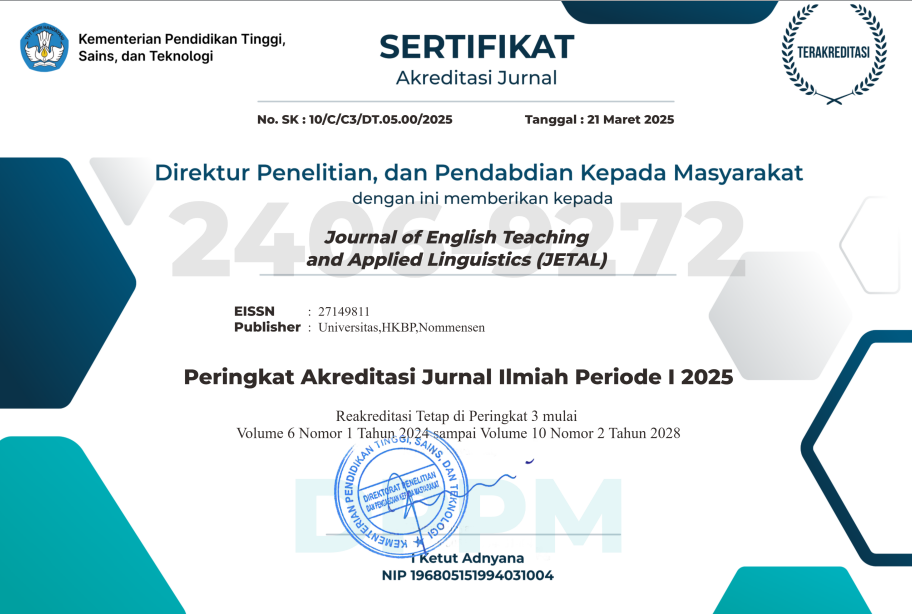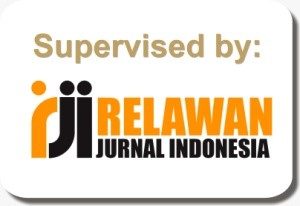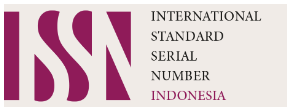Morphologic Segmentation Linearity in Jose Garcia Villa's PROEM
Abstract
Morphology is the study of the intertwined relationship of morphemes, or what we commonly refer to as "words.". Analysis of words enables us to experience how to break apart unfamiliar words in order to understand their overall meanings. It aids us in understanding how prefixes and suffixes can change a word's meaning and how much of our language is constructed. This paper aims to analyze morphologically the textuality of the poem Proem by Jose Garcia Villa by describing the segmentation of the content and function words in the textuality of the poem PROEM focusing on the affixation structuration of the lexical and grammatical morphemes. The linear morphologic segmentation of morphemic contents of the poem "PROEM" by Jose Garcia Villa reveals nineteen lexical morphemes. There are ten (10) simple form (roots), seven (7) complex forms (affixations and roots), one (1) compound form (two roots combined), and one (1) compound–complex form (two roots combined and affixation). On the other hand, there are seven (7) grammatical morphemes of three prepositions, two determiners and two conjunctions. It further reveals that words undergo changes in terms of their class after going through the process of affixation. The results prove that the poem "Proem" by Jose Garcia Villa follows morphologic segmentation linearity in its free verse textuality. This study thus recommends that a parallel morphological investigation be conducted on different textualities of poetry used and read by teachers and students in the process of academic discourse.
References
dissertation, Universitas Muhammadiyah Surakarta).
Ackema, P., & Neeleman, A. (2004). Beyond morphology: Interface conditions on word formation (Vol. 6). Oxford University Press on Demand.
Carstairs-Mcarthy, Andrew (2002), An Introduction to Morphology, Edinburg, Edinburg University Press.
Foedy, I. (2009). A Morphological Study of Affixes in Enemy of the Gate Movie Script. Unpublished Research Paper. Surakarta:, uhammadiyah University of Surakarta.
Haspelmath, M., & Sims, A. (2013). Understanding morphology. Routledge.
Harlinanto, A. (2008). An Analysis of Noun Forming Afixess in the Time Magazine Issue on January 7, 2008. Unpublished Research Paper. Muhammadiyah University of Surakarta.
Lieber, R. (2021). Introducing morphology. Cambridge University Press.
Parker, F., & Riley, K. L. (2000). Linguistics for non-linguists: A primer with exercises.
Authors retain copyright and grant the journal right of first publication with the work simultaneously licensed under a Creative Commons Attribution-ShareAlike 4.0 International License (CC BY-SA 4.0) that allows others to share the work with an acknowledgment of the work's authorship and initial publication in this journal.
Authors are able to enter into separate, additional contractual arrangements for the non-exclusive distribution of the journal's published version of the work (e.g., post it to an institutional repository or publish it in a book), with an acknowledgment of its initial publication in this journal.
Authors are permitted and encouraged to post their work online (e.g., in institutional repositories or on their website) prior to and during the submission process, as it can lead to productive exchanges, as well as earlier and greater citation of published work (See The Effect of Open Access).






